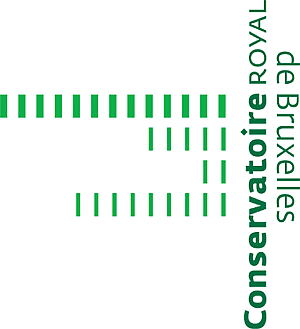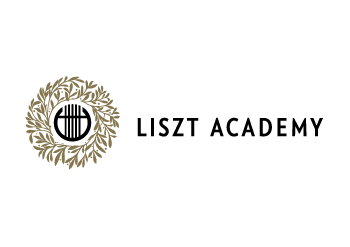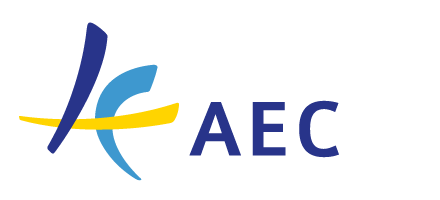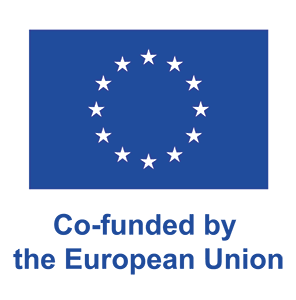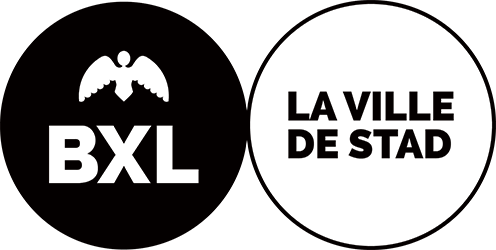Further information
-
assessment
Exam with grade E -
level
Intermediate -
 Completed Semester2
Completed Semester2 -
How many semesters does the course last?
2 -
hours per week
2x45 minutes -
 Link of the course
Link of the course -
 Target group of courseInstrumentalists, advanced
Target group of courseInstrumentalists, advanced
Music theory students, beginner -
 credits6
credits6 -
 Type of CourseLecture, Seminar
Type of CourseLecture, Seminar -
Degree Level
Bachelor -
 e-learning-elementsno e-learning elements used in this course
e-learning-elementsno e-learning elements used in this course -
Course
Mandatory -
students #
6-15 students -
Hours per year
60 -
BIBLIOGRAPHY
Kerri Kotta. Muusikateooria õpik: http://mt.ema.edu.ee/vi-muusika-vormilised-struktuurid/ Rein Laul, Seitseteist etüüdi Beethoveni muusikast. Scripta Musicalia, Tallinn, 2001. Mõeldes muusikast. Toim. Jaan Ross ja Kaire Maimets. Varrak, Tallinn, 2004. [Focus on the essays by Rein Laul and Mart Humal.] William E. Caplin, Classical Form: A Theory of Formal Functions for the Instrumental Music of Haydn, Mozart, and Beethoven. Oxford University Press, 1998. James Hepokoski and Warren Darcy, Elements of Sonata Theory. Oxford University Press, 2006. -
ONLINE CATALOGUE
WITH CONTENTS -
evaluation grid
-
evaluation grid
and document
Teacher(s)
Kerri Kotta
Institution
Estonian Academy of Music and Theatre
Be a part of our european project !
This European project (KA 203 Strategic Partnership) created by Salvatore Gioveni promotes cross-border collaboration in the field of Music Theory through sharing knowledge and transferring pedagogical innovation. It thus responds to a lack of centralised source and framework to deepen reflection by means of cross-disciplinary study at European and international level.
There is a significant wealth of educational practices from one country to another in this sector, especially in terms of harmonic musical notation and analysis. However, HMEI's are facing the nonexistence of a European network for pedagogical staff in Music Theory so far. To improve the situation, the project will among other things develop several intellectual outputs such as Online Platform (IO 1), an EU Bibliography (IO 2), a Repository Courses (IO 3), a Multilingual Glossary (IO 4) and an Exchange Online Learning Platform.
Besides the Conservatoire royal de Bruxelles as leader and manager of the project, the following partner institutions are involved: Music Academy S. Moniuszki Gdańsk (Gdańsk, Poland), F. Liszt Academy of Music Budapest (Budapest, Hungary), Estonian Academy for Music and Theatre (Tallinn, Estonia), HfMTh "Felix Mendelssohn Bartholdy" (Leipzig, Germany).
 | 2024
| 2024
